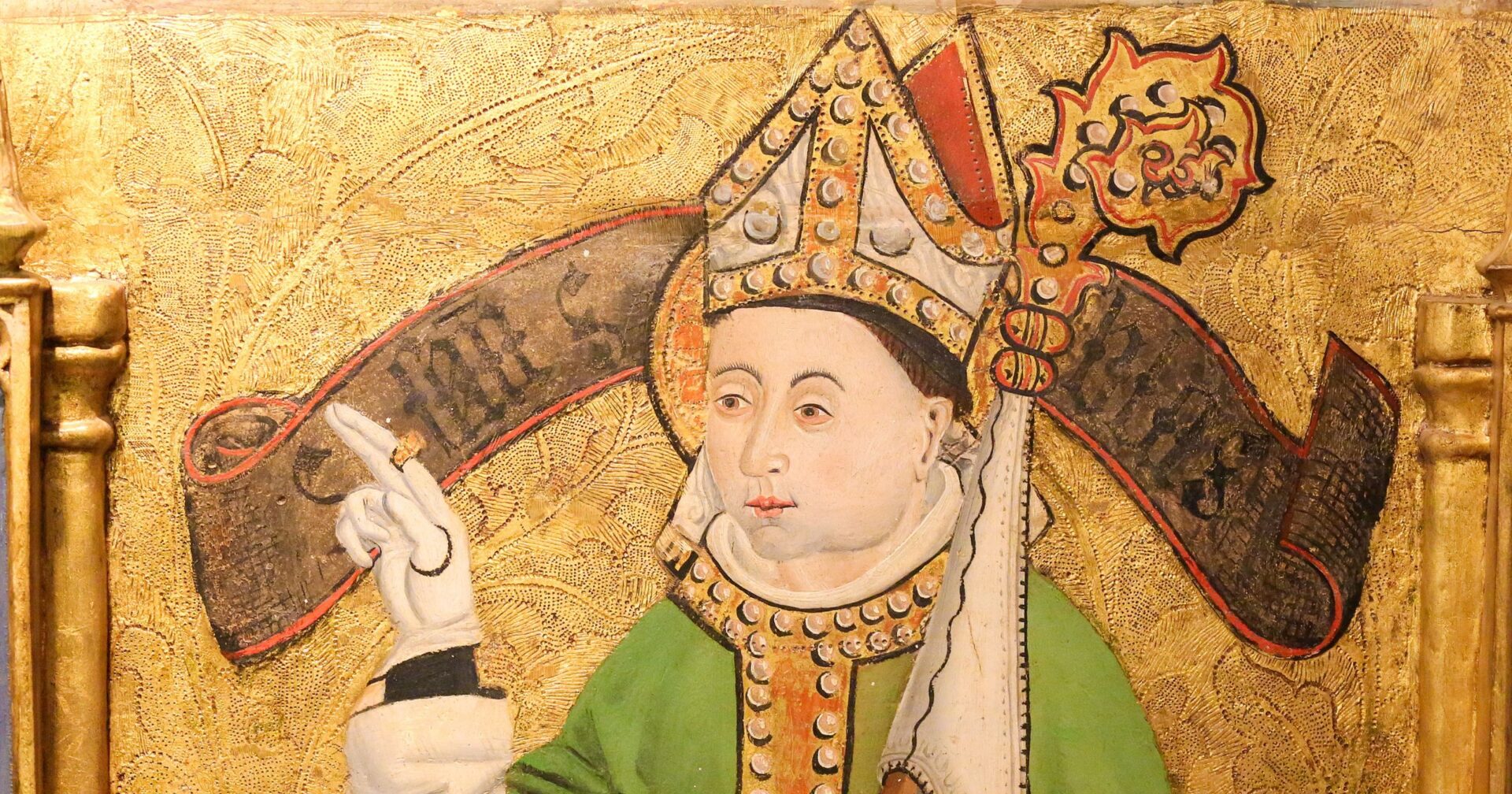A titular bishop today is any not in charge of a diocese, instead they are of a titular see.
Normally Catholic tradition is that a priest or bishop be ordained for a specific place, so how did these ‘transient’ titular bishops come to be?
Titular sees can be traced back to be Muslim conquest of the Middle East and North Africa, when bishops fleeing to Christian-rule areas were considered to be seen as the bishops of their dioceses even if they never returned.
Historically, bishops and congregations fleeing from invading Muslims were welcomed into other churches and kept their titles and ecclesiastical rights over their now-titular dioceses.
It was tradition to include “in partibus infidelium” when writing the names of these titular dioceses, meaning “in the hands of the unbelievers,” a reference to their Muslim occupation.
These newly titular bishops were given the duty of ministering to vacant sees of other dioceses or acting as an auxiliary bishop an assisting a see which already was occupied.
The practice has since become widespread beginning in 1514, when Pope Pius V extended the privilege’s to all dioceses to request the appointment of an auxiliary bishop for assistance.
Editorial credit: jorisvo / Shutterstock.com















May God save His Church and His people! May God never allow this ‘in partibus infidelium’ to happen again. May God help in rehabilitating all the Churches in Lebanon and other parts of the world. Christians must no longer stand apart and watch this kind of devastation, all in the bid to be seen as being ‘politically correct’.